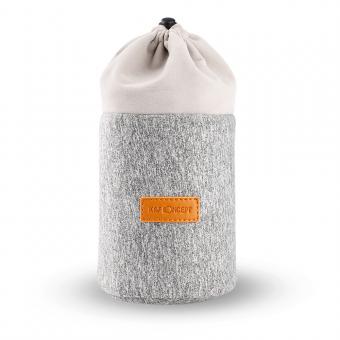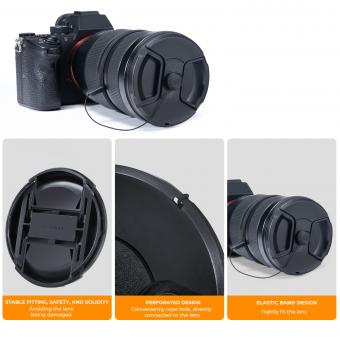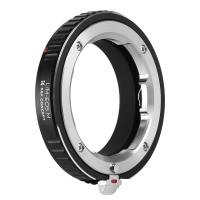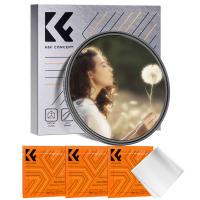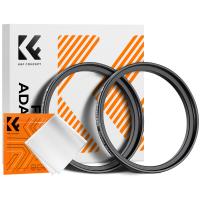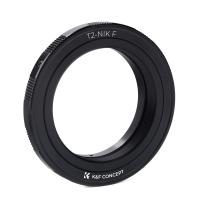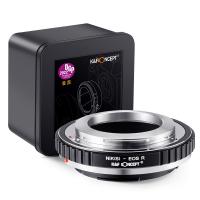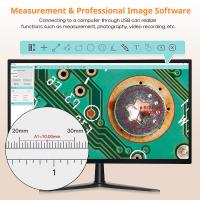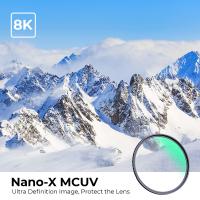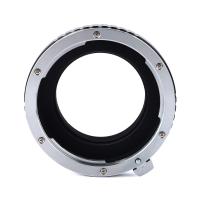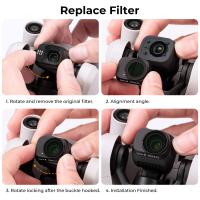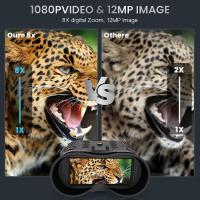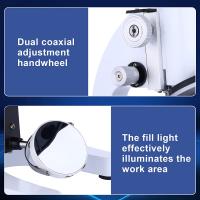How To Put Nikon Camera In Bag?
When putting a Nikon camera in a bag, first ensure that the camera is turned off. Remove any attached accessories such as lenses or straps, and place them in the bag first. Then carefully place the camera body into the bag, making sure it is secure and won't move around during transport. It's important to use a bag specifically designed for camera equipment to provide adequate protection. Additionally, consider using padded dividers or inserts within the bag to keep the camera and accessories organized and protected from bumps and scratches.
1、 Camera Protection

To put a Nikon camera in a bag for camera protection, follow these steps:
1. Remove the lens: Before placing the camera in the bag, it's a good idea to remove the lens to prevent any potential damage or strain on the lens mount.
2. Secure the camera: Place the camera body in the bag first, ensuring that it fits snugly and securely. Avoid any unnecessary jostling or movement within the bag to prevent damage to the camera body.
3. Add padding: Use padded dividers or inserts within the bag to provide extra protection for the camera. This will help cushion the camera from any impacts or bumps during transportation.
4. Store accessories separately: If the bag has additional compartments or pockets, store accessories such as extra lenses, batteries, and memory cards in separate, padded sections to prevent them from scratching or damaging the camera.
5. Close the bag securely: Once the camera and accessories are safely stored, close the bag securely to prevent any dust, moisture, or debris from entering and potentially damaging the equipment.
From a latest point of view, it's important to consider using a bag specifically designed for camera protection, with features such as water-resistant materials, customizable dividers, and reinforced padding. Additionally, investing in a bag with anti-theft features can provide peace of mind when traveling with expensive camera equipment. As technology advances, there are also bags available with smart features such as GPS tracking and RFID blocking to enhance security and protection for valuable camera gear.
2、 Lens and Body Separation
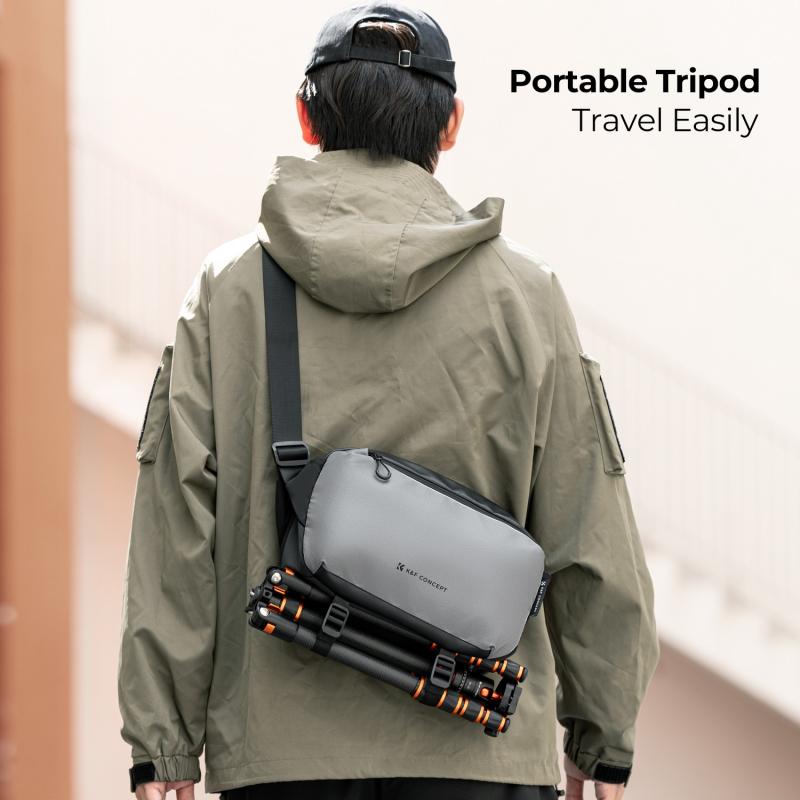
To put a Nikon camera in a bag, it's important to first ensure that the lens and body are separated to prevent any damage. Here's how to do it:
1. Remove the lens: Hold the lens release button on the camera body and twist the lens counterclockwise to detach it from the body. Be sure to place the lens cap on both the front and rear of the lens to protect it from dust and scratches.
2. Secure the body: Once the lens is removed, place the camera body in the bag, making sure it is snug and secure to prevent any movement or potential damage.
3. Store the lens: Place the detached lens in a separate compartment of the bag, ensuring that it is also secure and protected.
4. Additional precautions: Consider using lens pouches or protective cases for extra security, especially if you are carrying multiple lenses.
From a latest point of view, it's important to consider the specific requirements of your Nikon camera and lenses. Some high-end lenses may require extra care and protection, such as using lens hoods or protective filters. Additionally, investing in a well-padded camera bag with customizable compartments can provide added security and organization for your gear.
Overall, taking the time to properly separate and store your Nikon camera and lenses in a bag will help ensure their safety and longevity, allowing you to continue capturing stunning images for years to come.
3、 Secure Compartments
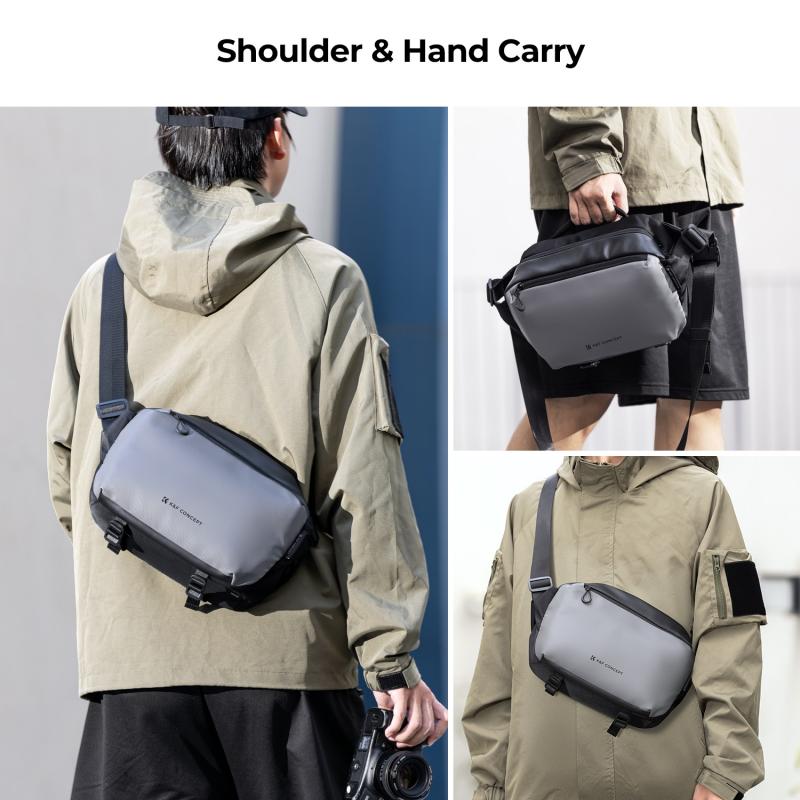
To put a Nikon camera in a bag with secure compartments, follow these steps:
1. Remove the lens: Before placing the camera in the bag, it's a good idea to remove the lens to prevent any potential damage or strain on the lens mount.
2. Use padded dividers: Many camera bags come with padded dividers that can be adjusted to fit the specific size and shape of your camera. Place these dividers in the bag to create secure compartments for the camera body, lens, and other accessories.
3. Wrap the camera: Consider wrapping the camera body in a soft cloth or using a camera wrap to provide an extra layer of protection against scratches and minor impacts.
4. Utilize extra pockets: Look for a camera bag with additional pockets and compartments to store batteries, memory cards, and other accessories. This will help keep everything organized and easily accessible.
5. Secure the bag: Once the camera and accessories are safely stowed in the bag, make sure to securely close and fasten all zippers, flaps, and buckles to prevent anything from shifting or falling out during transport.
From a latest point of view, there are also specialized camera bags with customizable foam inserts that can be shaped to fit the exact dimensions of your Nikon camera and lenses, providing an extra level of protection and security. Additionally, some bags now come with built-in anti-theft features such as locking zippers and slash-resistant materials to provide peace of mind when traveling with expensive camera equipment.
4、 Padding and Cushioning
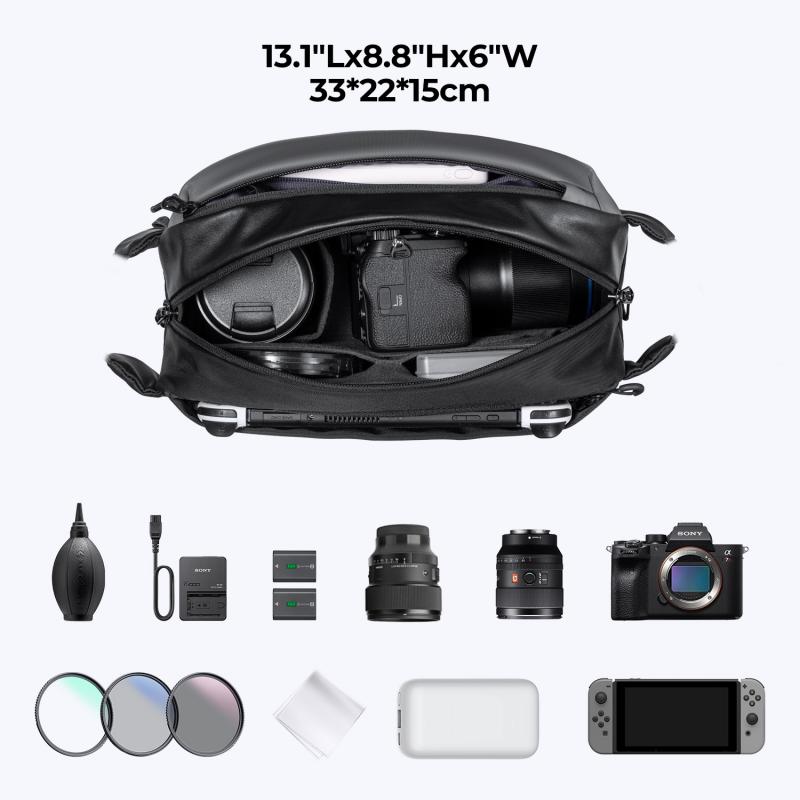
To put a Nikon camera in a bag with proper padding and cushioning, follow these steps:
1. Choose a bag with padded compartments specifically designed for cameras. Look for a bag that has adjustable dividers to customize the interior space according to the size and shape of your Nikon camera and its accessories.
2. Place the camera body in the largest compartment of the bag, ensuring that it is snug but not too tight. If you have additional lenses, wrap them in protective pouches or cases and position them in the designated compartments, making sure they are surrounded by cushioning material.
3. Use padded inserts or foam padding to create a protective barrier around the camera and lenses. This will help absorb any shocks or impacts that the bag may experience during transport.
4. Consider adding a layer of cushioning material, such as microfiber cloths or lens wraps, between the camera and other items in the bag to prevent scratching or damage.
5. Close the bag securely to ensure that the camera and accessories are held in place and protected from movement and external forces.
From a latest point of view, it's important to consider using anti-static and moisture-resistant materials for padding and cushioning to protect the camera from environmental factors. Additionally, some modern camera bags come with customizable modular padding systems that allow for a more tailored and secure fit for your Nikon camera and accessories. Always ensure that the bag is well-padded and that there is minimal movement of the camera and its components within the bag to prevent any potential damage.








